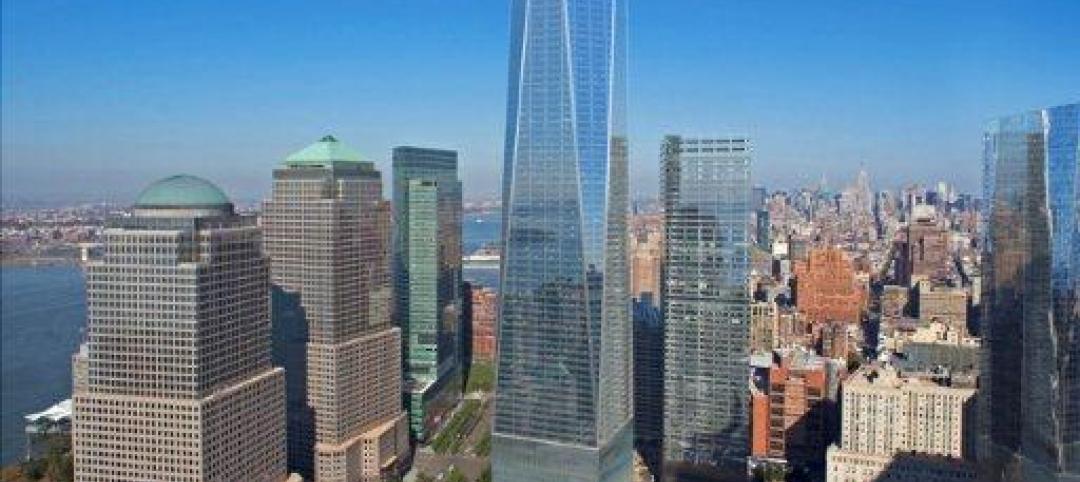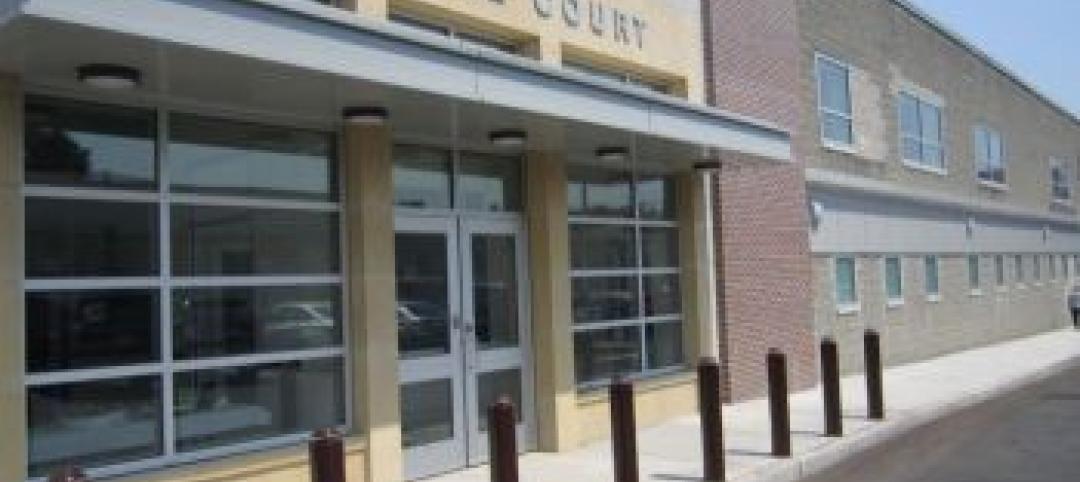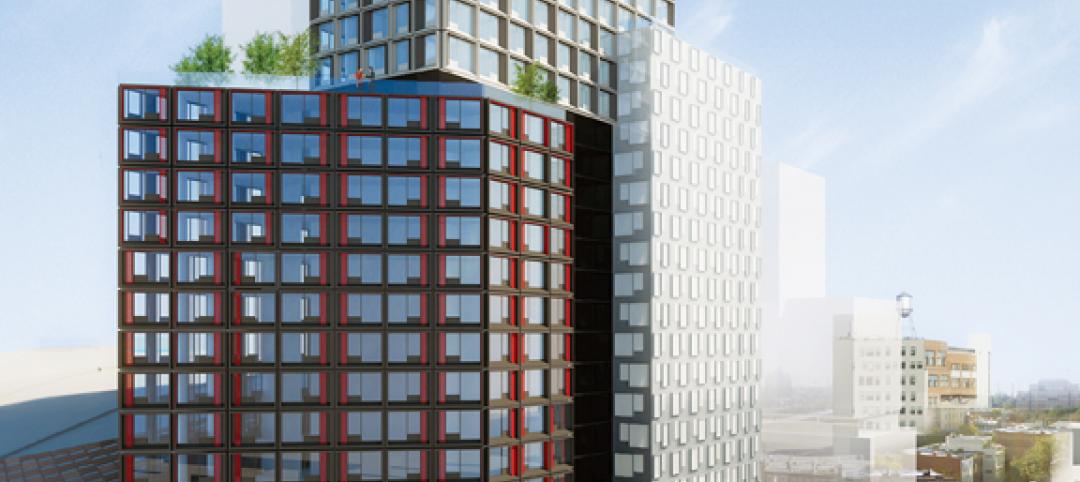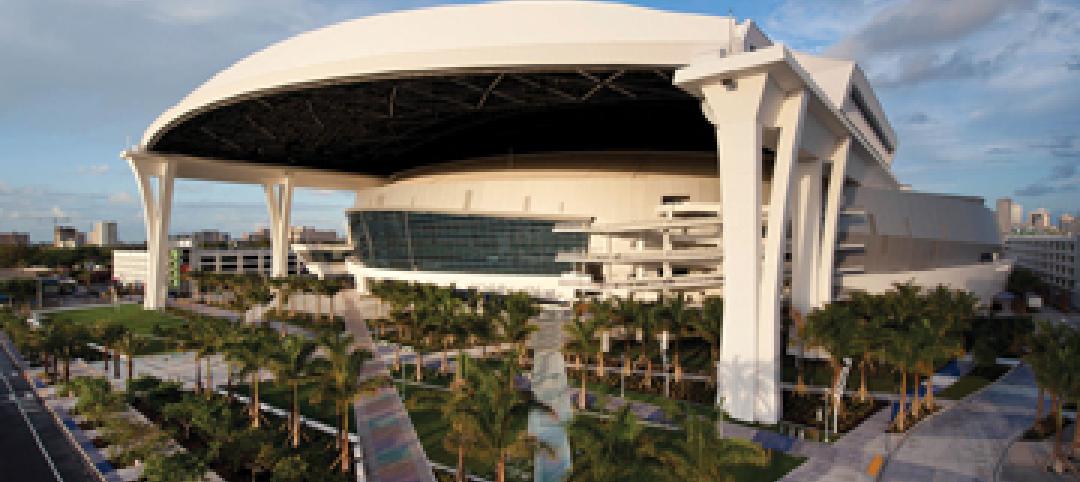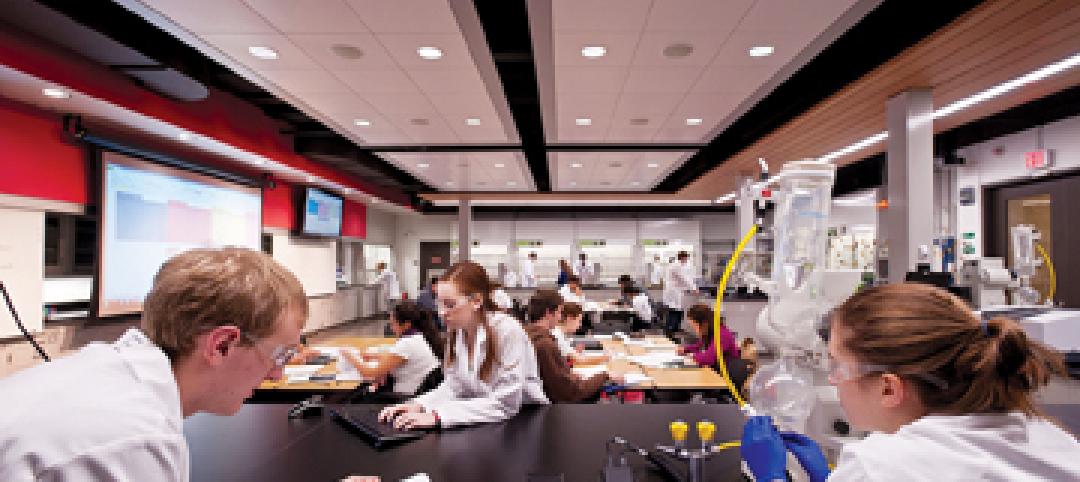According to a new report from Mid-America Real Estate Corp.’s Urban Team, much of Chicago lacks the type of product that today’s downsized big box retailers—or “mid-box”—are looking for.
“Retailers’ footprints are shrinking,” says Mid-America Principal Dan Tausk, author of the report. “From Wal-Mart to Best Buy to Office Depot, we continue to see a national trend toward shrinking square footage, which is expanding the vernacular from ‘super’ or ‘mega’ stores to include ‘market,’ ‘express’ and ‘neighborhood’ stores. If that trend continues—and I expect it to—then we’ve got a real lack of product to offer them in most of urban Chicago.”
Because of the national trend in retailer downsizing, Mid-America undertook its first “Urban Chicago Mid-Box Retail Study” this summer to create a better barometer of supply and demand in this sector. The team defined City limits and all directly neighboring suburbs into eight zones roughly following existing retail trade areas.
The team then examined existing and vacant space for stores between 15,000 and 50,000-sf, excluding proposed new development that hadn’t been delivered. To get a clearer picture of category activity, the team also excluded Chicago’s dense penetration of urban drugstores, typically 10,000 to 14,000-sf, but included the newer large format “market” drugstores that are between 25,000 and 30,000-sf. The study uncovered nearly 11.2 million square feet of existing supply in the mid-box category, or 389 total spaces. It also discovered a vacancy rate in this size category at 7%, with strong absorption of existing vacancy.
While it was not surprising to find that Central City (Zone 1)—with State Street, Michigan Avenue and Lincoln Park—carries 34% of the mid-box supply and only 8.6 % of the population, it was a surprise for Tausk to see that pockets of densely populated, high income submarkets such as Lincoln Square, River Forest, Streeterville, West Loop and Bucktown have virtually no mid-box retail supply in this size range. While Zone 5 (the Northeast City) holds the highest percentage of the population in the study, 20.4%, it holds only 9.5% of the mid-box supply.
“The average amount of mid-box retail in urban Chicago is 3.5 square feet/person,” says Tausk., “Zone 1 (Central City) shows 14.6 square feet/person while Zone 5 shows the lowest in Chicago of 1.2 square feet/person. That’s a wide disparity of haves and have-nots.”
He says the residential density in Zone 5 is obviously high enough to support more retail with residents. But he suggests that because the price of land here is high and land size is limited, retailers are pushed to accept multi-level buildings, which are lacking in this zone. “Right now, it’s difficult for them to expand here, despite the desirable demographics,” he says.
Overall, according to the report, five of the eight zones show that almost every category of mid-box retail is underserved for similar reasons -- from grocery and apparel to electronics and discount. The three zones that are doing best are Central City (Zone 1) with 14.6 square feet/person, Near Southwest Suburban (Zone 7) with 5.7 square feet/person, and Near West Suburban (Zone 8) with 4.4 square feet/person.
As was similarly indicated in Mid-America’s Urban Grocery Study last year, the West City (Zone 2) is the most underserved with only 16 mid-box retail stores or 4.11% of Chicago’s total supply. “In addition,” Tausk says, “the West Side has the least amount of category options. While each zone’s dominant category is grocery, that category averages only + 20% Citywide. In the West City, however, grocery accounts for 53% of the mid-box retail, showing a void of other shopping options.”
Other category highlights:
- Zone 1 (Central City) showed a dominating penetration of apparel versus all other zones combined. State Street and Michigan Avenue, and Lincoln Park carry the most supply. Zone 1 also dominates in the home furnishings category with 12 mid-box retail stores, as well as electronics with 9 and office supply with 6.
- Zone 2 (West City), as already noted above, is void of shopping options in most categories other than grocery. There is plenty of affordable, developable land, but lower incomes and high crime rates continue to stall development.
- Zone 5 (S/SE City) has a large number of grocers totaling 35% of all mid-box categories in that zone. Category sales clearly bleed from the south and southeast side to the Southwest City or Southwest suburbs, due to lack of options in other retail categories.
“In conclusion,” says Tausk. “There’s demand for mid-box growth in urban Chicago, despite a tough economy.” However, existing supply is tight everywhere and almost non-existent in the most attractive zones. He adds that there are three main considerations retailers will be forced to evaluate in the process.
- Retailers with expansion/rollouts for Chicago will need to continue to think creatively, finding opportunities in multi-levels, mezzanines or even smaller stores to meet future demand.
- Retailers can expect rents to remain high in the mid-size sector due to obvious lack of supply and low vacancy.
- Future opportunity in this mid-box size category may best come from downsizing / sublease space or the splitting of outdated larger footprints and future bankruptcies of other retailers.
Absorption in this size range is strong and happens quickly with greater than a half-million square feet of leasing currently proposed in existing space.
From the supply side, Tausk says that based on this supply/demand dynamic, “we can expect to see a slow but steady flow of new projects in this size range. Several developments are underway currently that are focused on the 15,000 to 50,000-sf user. Mid-box retailers such as Ross Dress for Less, Marshalls, Michaels, WalMart Market, hhGregg and Planet Fitness continue to pursue active expansion across Chicagoland.” +
Related Stories
| Aug 9, 2012
Slideshow: New renderings of 1 WTC
Upon its scheduled completion in early 2014, One World Trade Center will rise 1,776 feet to the top of its spire, making it the tallest building in the Western Hemisphere.
| Aug 9, 2012
DSGW Architects welcomes new employees
Three new employees located in DSGW's Duluth office.
| Aug 9, 2012
DMR Architects converts bank building to municipal court
The project consisted of a $4 million renovation to a 2-story building totaling 13,000-sf.
| Aug 8, 2012
BD+C wins six B2B journalism awards
BD+C wins two national awards, three regional awards, and a regional Graphical Excellence award.
| Aug 8, 2012
BIM’s future up in the cloud
The AEC industry is on the cusp of a still more significant evolution with cloud computing.
| Aug 8, 2012
Giants 300 Sports Facilities Report
BD+C's Giants 300 Top 25 AEC Firms in the Sports Facilities sector.
| Aug 8, 2012
Giants 300 Science & Technology Report
BD+C's Giants 300 Top 25 AEC Firms in the Science & Technology sector.
| Aug 7, 2012
Pioneering revival
Financial setbacks didn’t stop this Building Team from transforming the country’s first women’s medical school into a new home for college students.
| Aug 7, 2012
Shedding light on the arts
Renovating Pietro Belluschi’s Juilliard School opens the once-cloistered institution to its Upper West Side community.
| Aug 7, 2012
How to win more state and local government projects
With a huge building stock at their disposal, state and local governments can be attractive clients, especially in these difficult economic times.



